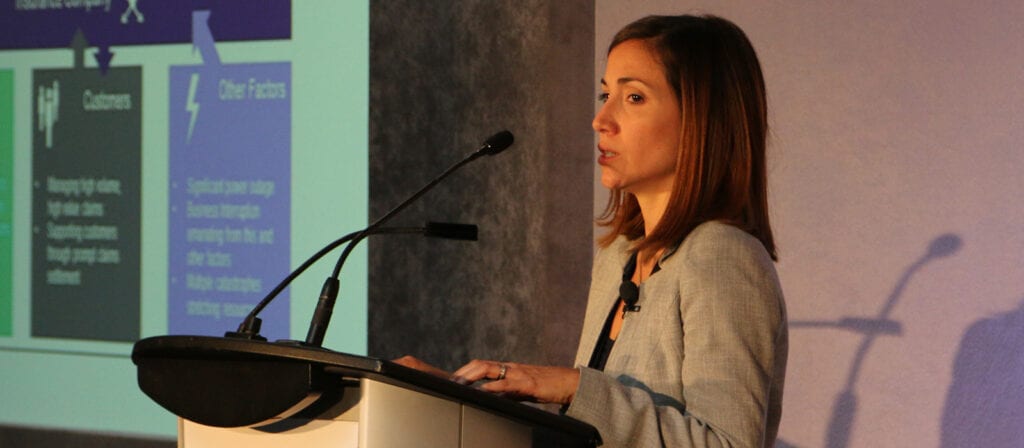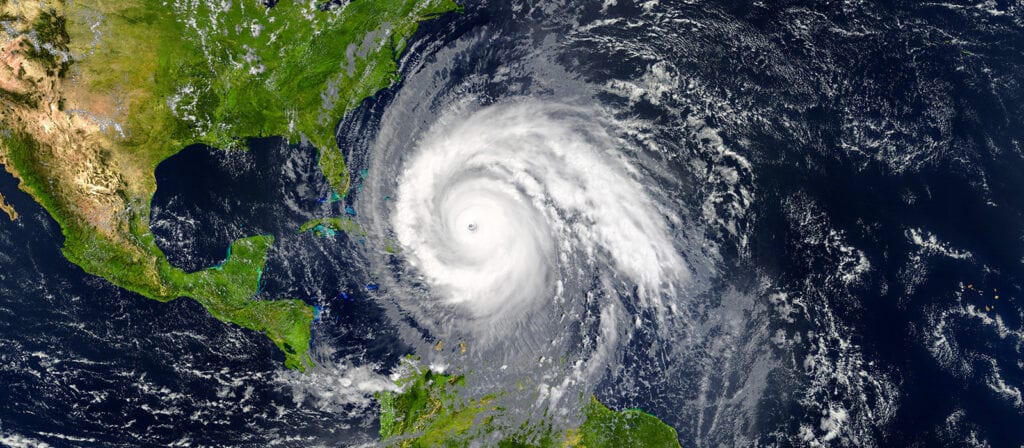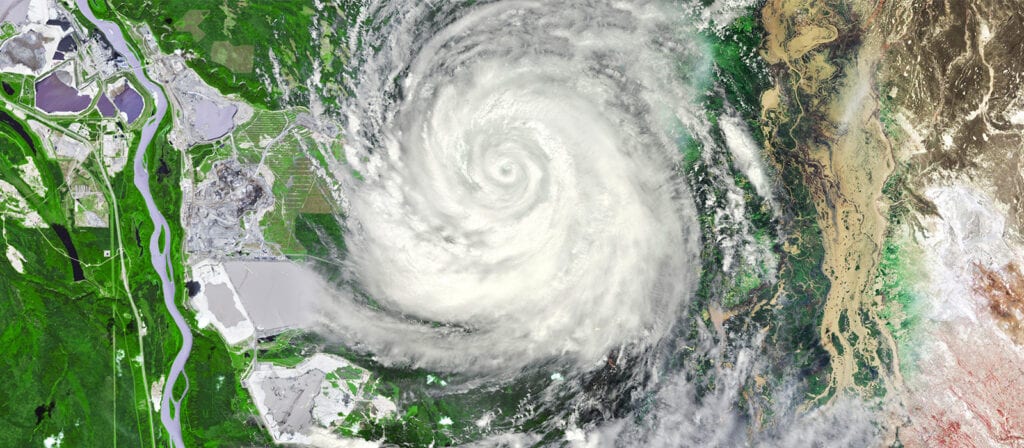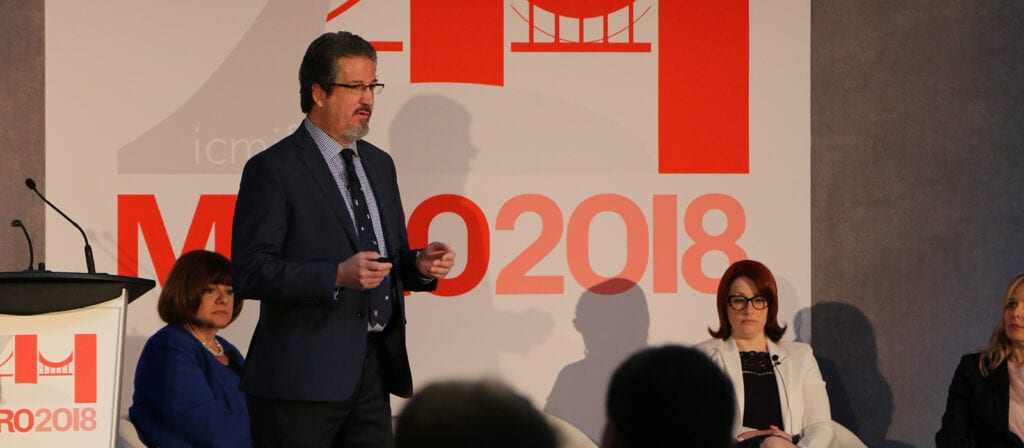The year 2017 was a significant one for catastrophe losses, especially in the USA. Hurricanes, a severe storm season and an unprecedented wildfire season in California, contributed to US insured property loss of USD 87 billion (out of a global total loss of USD 150 billion in 2017).
Hurricanes Harvey, Irma and Maria were part of the worst hurricane season since 2005. In terms of hurricane frequency, 2017 was fifth as the most frequent season in history.
There were nearly 9,000 fires in the 2017 California wildfire season, burning 1.2 million acres of land, destroying almost 11,000 structures and killing 46 people. The nature of wildfire means that it is relatively easier to model and predict losses and total impact in real time.
The September 2017 Puebla earthquake in Mexico (magnitude 7.1) caused damage to 10,000 buildings in the local area. Insured loss estimates by the major catastrophe modelling companies varied dramatically: from USD 2.1 billion to USD 4.8 billion.
2017 provided a number of different insights into catastrophe modelling development. The interaction of inland flood and hurricane models; continual refinements in mature earthquake models; and inability to predict significant losses considering the saturation of data, models and tools.





